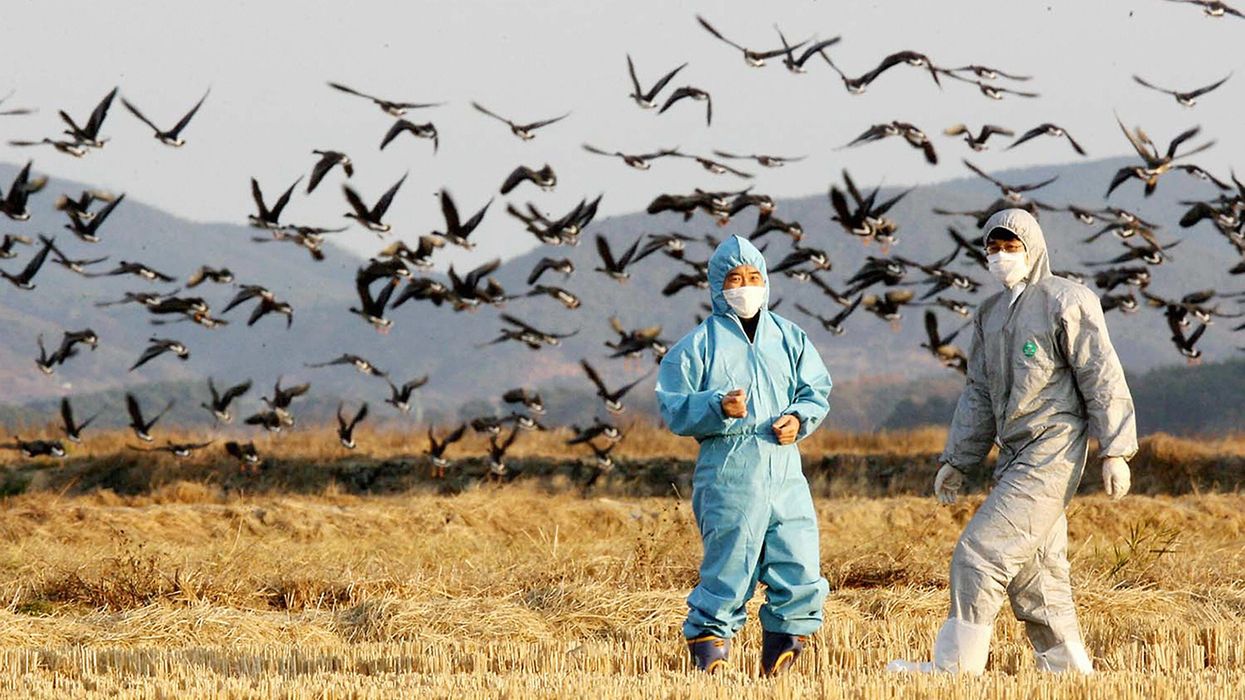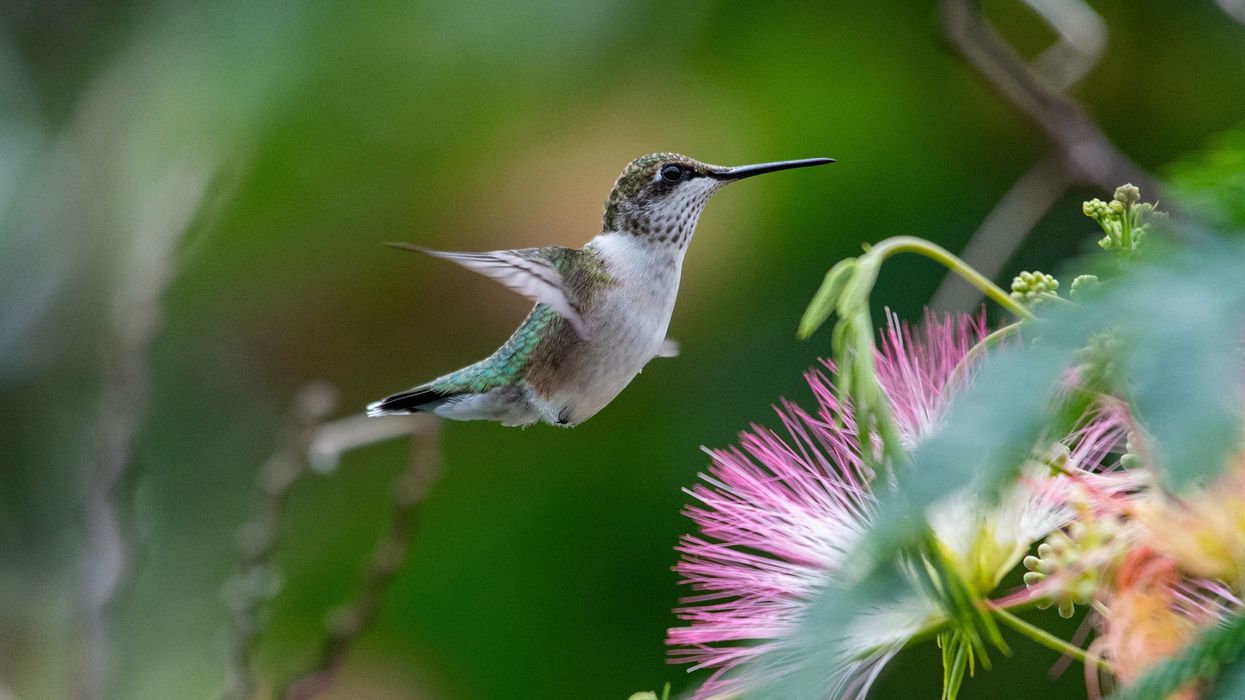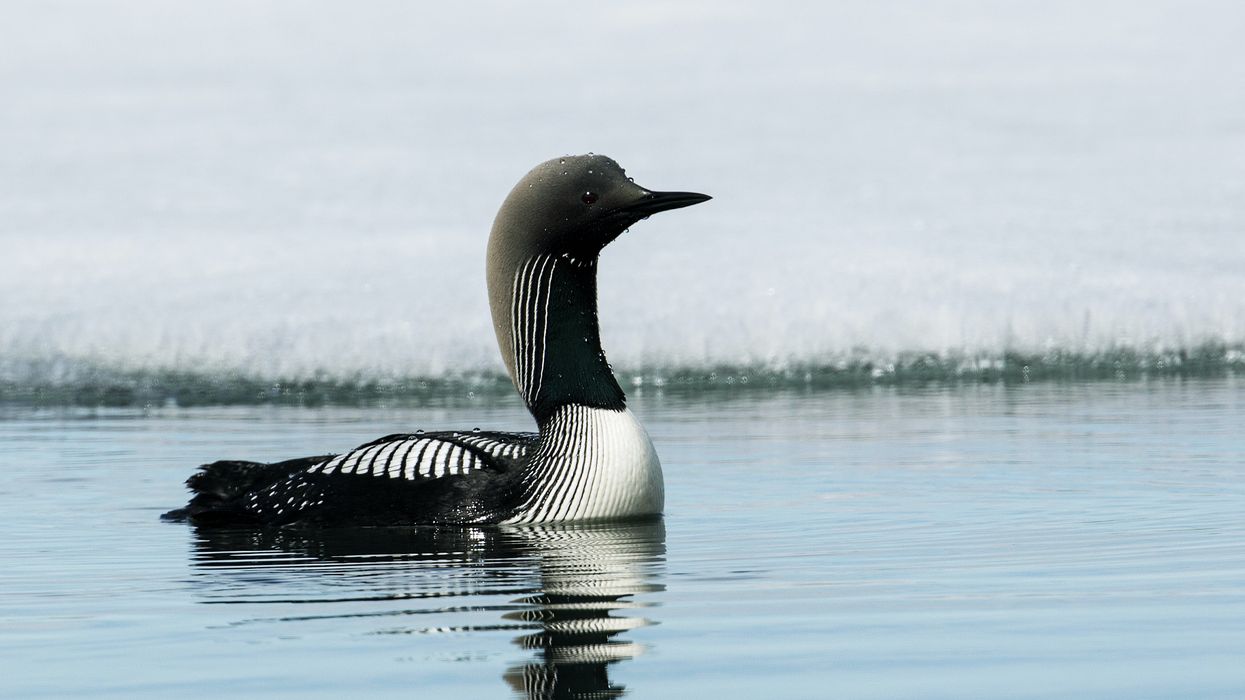Scapegoating Wild Birds Won’t Solve Avian Flu: We Need Radical Farming Reform
As we reflect on the wonder of migratory birds, and the spotlight focuses on how our cities and communities can be made more bird-friendly, we must also consider how our food system is posing a threat to their very existence.
For migratory and other wild birds, bird flu is a disaster. The U.S. Centers for Disease Control and Prevention, or CDC, states that 169 million U.S. poultry have been affected by highly pathogenic bird flu since January 2022. Yet worldwide, tens of millions of wild birds have died of bird flu—which has also spread to mammals, including over 1,000 US. dairy herds.
Saturday 10 May is World Migratory Bird Day, a global event for raising awareness of migratory birds and issues related to their conservation. The poultry industry and governments like to blame wild birds for bird flu. However, the Scientific Task Force on Avian Influenza and Wild Birds—which includes the United Nations Food and Agriculture Organization (FAO) and the World Organization for Animal Health (WOAH) stresses that wild birds are in fact the victims of highly pathogenic bird flu; they do not cause it. As a recent study states, “This panzootic did not emerge from nowhere, but rather is the result of 20 years of viral evolution in the ever-expanding global poultry population.”
Until recently, the bird flu viruses that circulate naturally in wild birds were usually of low pathogenicity; they generally caused little harm to the birds. It is when it gets into industrial poultry sheds—often on contaminated clothing, feed, or equipment—that low pathogenic avian influenza can evolve into dangerous highly pathogenic avian influenza.
Governments worldwide appear to have no strategy for how to end these regular bird flu outbreaks other than to hope they will eventually die down.
Industrial poultry production, in which thousands of genetically similar, stressed birds are packed into a shed, gives a virus a constant supply of new hosts; it can move very quickly among the birds, perhaps mutating as it does so. In this situation, highly virulent strains can rapidly emerge. The European Food Safety Authority warns that it is important to guard against certain low pathogenic avian influenza subtypes entering poultry farms “as these subtypes are able to mutate into their highly pathogenic forms once circulating in poultry.”
Once highly pathogenic avian influenza strains have developed in poultry farms, they can then be carried back outside—for example, through the large ventilation fans used in intensive poultry operations—and spread to wild birds. The Scientific Task Force states that since the mid-2000s spillover of highly pathogenic bird flu from poultry to wild birds has occurred “on multiple occasions.”
So, low pathogenic bird flu is spread from wild birds to intensive poultry where it can mutate into highly pathogenic bird flu, which then spills over to wild birds and can even return back to poultry in a growing and continuing vicious circle.
Following its evolution in farmed poultry, the highly pathogenic virus has adapted to wild birds, meaning that it is circulating independently in wild populations, with some outbreaks occurring in remote areas that are distant from any poultry farms.
Is There a Health Risk for Humans?
While the health risk to humans from bird flu may be low, it cannot be ignored. Highly pathogenic avian influenza has spread to mammals including otters, foxes, seals, dolphins, sea lions, dogs, and bears. Worryingly, it has been found in a Spanish mink farm where it then was able to spread from one infected mink to another.
The U.S. Department of Agriculture has said that cow-to-cow transmission is a factor in the spread of bird flu in dairy herds. The ability for bird flu to move directly from one mammal to another is troubling as a pandemic could ensue if it could move directly from one human to another.
Scientists at Scripps Research reveal that a single mutation in the H5N1 virus that has recently infected U.S. dairy cows could enhance the virus’ ability to attach to human cells, potentially increasing the risk of passing from person to person.
A 2023 joint statement from the World Health Organization, the FAO, and WOAH stated that, while avian influenza viruses normally spread among birds, “the increasing number of H5N1 avian influenza detections among mammals—which are biologically closer to humans than birds are—raises concern that the virus might adapt to infect humans more easily.”
Some mammals may also act as mixing vessels, leading to the emergence of new viruses that could be more harmful.
Pigs as Mixing Vessels
Pigs can be infected by avian and human influenza viruses as well as swine influenza viruses. Pigs can act as mixing vessels in which these viruses can reassort (i.e. swap genes) and new viruses that are a mix of pig, bird, and human viruses can emerge. The U.S. CDC explains that if the resulting new virus infects humans and can spread easily from person to person, a flu pandemic can occur.
Need for a Coherent Strategy to End Bird Flu
Governments worldwide appear to have no strategy for how to end these regular bird flu outbreaks other than to hope they will eventually die down. There is no sign of this happening. Without an exit strategy we are likely to face repeated, devastating outbreaks of bird flu for years to come. We need an action plan to restructure the poultry and pig sectors to reduce their capacity for generating highly pathogenic diseases.
We need to:
- Move to a poultry sector with smaller flocks and lower stocking densities to give the birds more space. Transmission and amplification of bird flu would be much less likely in such conditions.
- End the practice of clustering a large number of poultry farms close together in a particular area. Between-farm spread is a major contributor to the transmission of highly pathogenic bird flu.
- End the use of birds genetically selected for very fast growth. Such birds have impaired immune systems making them more susceptible to disease.
In light of pigs’ capacity for acting as mixing vessels for human, avian, and swine influenza viruses, the pig sector too needs to be restructured to make it less vulnerable to the transmission and amplification of influenza viruses. As with poultry, this would involve reducing stocking densities, smaller group sizes, and avoiding concentrating large numbers of farms in a particular area.
As we reflect on the wonder of migratory birds, and the spotlight focuses on how our cities and communities can be made more bird-friendly, we must also consider how our food system is posing a threat to their very existence. Failure to rethink industrial farming leaves us vulnerable, with the continued devastation of wild birds and poultry, and perhaps even a human pandemic.


